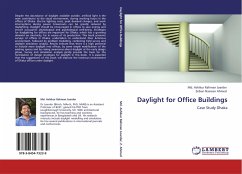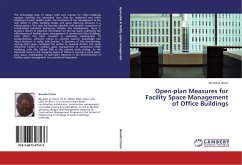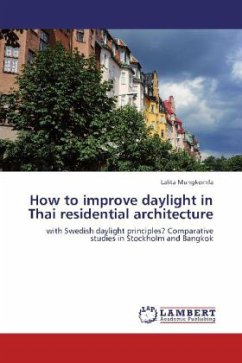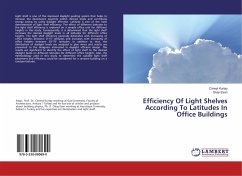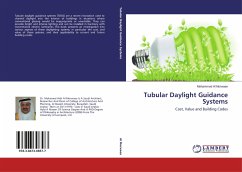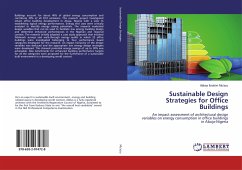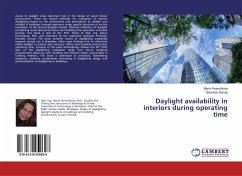Despite the abundance of daylight available outside, artificial light is the main contributor to the visual environment, during working hours in the offices of Dhaka. Electric lighting costs, peak demand charges, and work interruptions during power brownouts can be greatly reduced by daylighting. Daylight should be encouraged in offices to save energy and ensure occupants physiological and psychological well-being. Strategies for daylighting for offices are important for Dhaka, which has a growing demand on electricity, far in excess of its production. This book presents surveys of offices in Dhaka, undertaken to understand their luminous environment, followed by problem modelling, combining field survey and daylight simulation analysis. Results indicate that there is a high potential to include more daylight into offices, by some simple modification of the existing spaces and by raising awareness about daylight at the early design phase. Survey and simulation analysis jointly provide the basis for the formulation of design strategies for daylight in this book. It is expected that the suggestions of this book will improve the luminous environment of Dhaka offices under daylight.
Bitte wählen Sie Ihr Anliegen aus.
Rechnungen
Retourenschein anfordern
Bestellstatus
Storno

